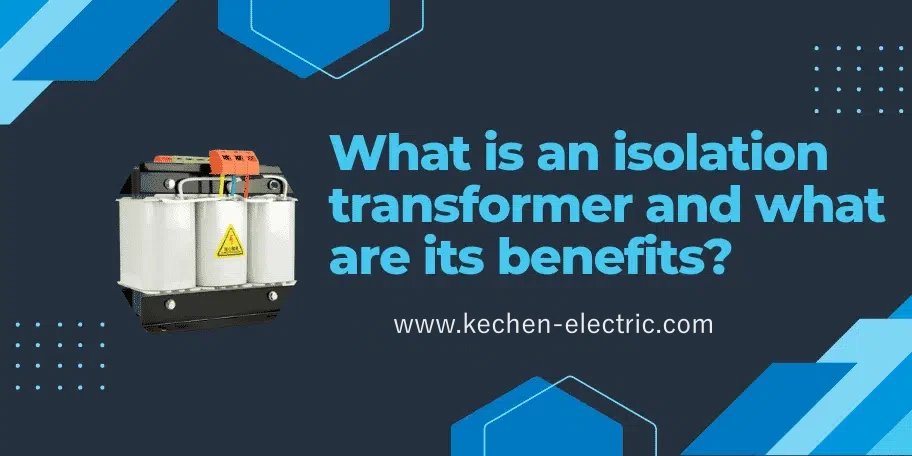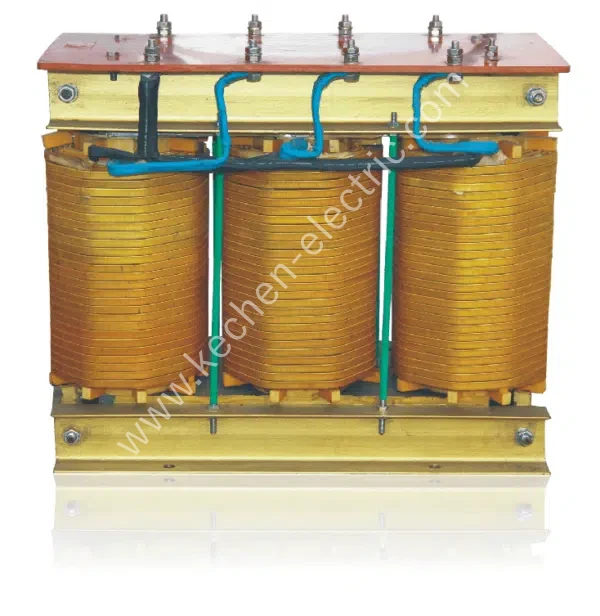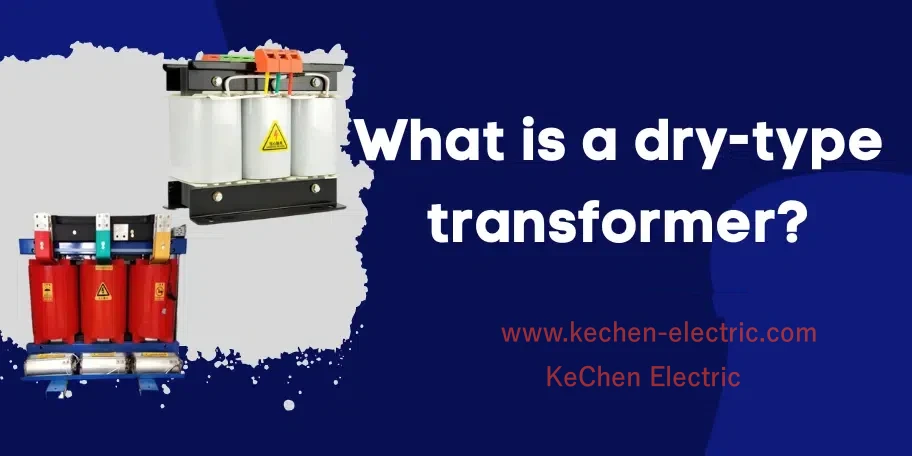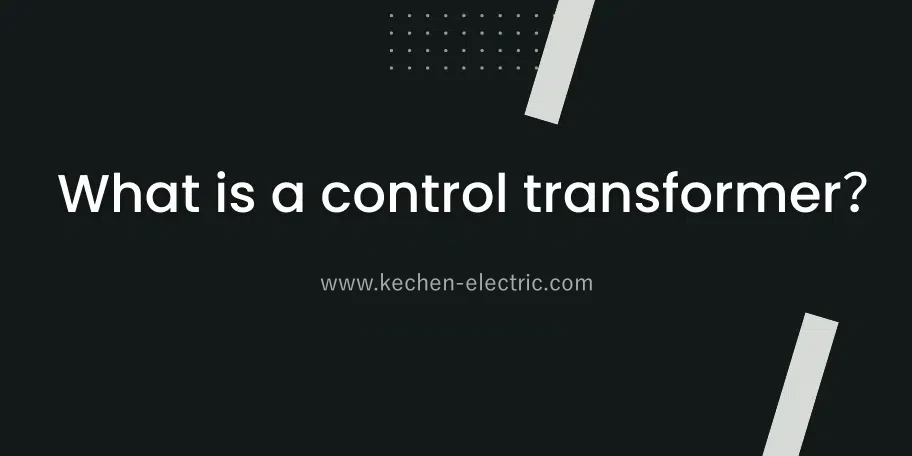What is an Isolation Transformer and Its Benefits?Isolation transformers are widely used in both everyday life and industrial settings. They play a crucial role in ensuring electrical safety and performance. If you’re curious about isolation transformers, read on to explore their functions, types, applications, and advantages.

1. What is an Isolation Transformer?
An isolation transformer separates the voltage source from the connected load by providing electrical isolation between the primary and secondary windings. This isolation helps prevent current leakage and protects against electrical shocks, making it a vital safety feature. These transformers are sometimes referred to as “grounding transformers” due to their ability to offer a safe path to ground for any stray currents.

Contrary to common misconceptions, an isolation transformer does not convert AC to DC.An isolation transformer is a device that is used to convert alternating current (AC) electricity into direct current (DC). Instead, it isolates the circuits to prevent shared faults and enhance safety. Its primary purpose is to mitigate risks such as electrical shocks and potential fire hazards caused by common ground faults.
2. Types of Isolation Transformers
Isolation transformers come in two main types:single phase isolation transformers and 3 phase isolation transformers.
Single Phase Isolation Transformers: These have a single winding in the primary and secondary circuits and are commonly used for small-scale applications.
Three Phase Isolation Transformers: These feature three windings—delta, wye, and center tap configurations—and are suited for larger industrial or commercial setups, such as power plants and substations.
Both types are versatile and are deployed in various applications, including industrial machinery and sensitive electronic equipment.
KeChen Electric LLC. is a professional isolation transformer manufacturer, whether you need a single-phase isolation transformer or a 3-phase isolation transformer, we can meet all your needs.
3. How to Use an Isolation Transformer
If you have a high-voltage device that needs to be connected to a low-voltage power supply, you can use an isolation transformer.To use an isolation transformer:
Connect the high-voltage device’s wiring to the primary winding of the transformer.
Link the other end of the high-voltage wire to the power supply input.
Similarly, connect the low-voltage device’s wiring to the secondary winding of the transformer.
Ensure secure connections to the output of the high-voltage device.
Your high-voltage item will get its power from your low-voltage source.
This setup allows high-voltage devices to safely draw power from low-voltage sources without compromising safety or performance.
4. Benefits of Using an Isolation Transformer
Isolation transformers offer numerous advantages, including:
- Enhanced Safety: Protects users from electric shocks and injuries by isolating live electrical components.
- Equipment Protection: Safeguards sensitive devices from power surges, voltage spikes, and electrical noise.
- Prevention of Current Flow: Blocks the transfer of current between separate parts of an electrical system, reducing risks of interference or damage.
Whether for industrial use or personal applications, isolation transformers are essential for ensuring operational safety and efficiency.
For high-quality isolation transformers,KeChen Electric LLC. is a trusted manufacturer offering both single-phase and three-phase options tailored to meet diverse requirements.

